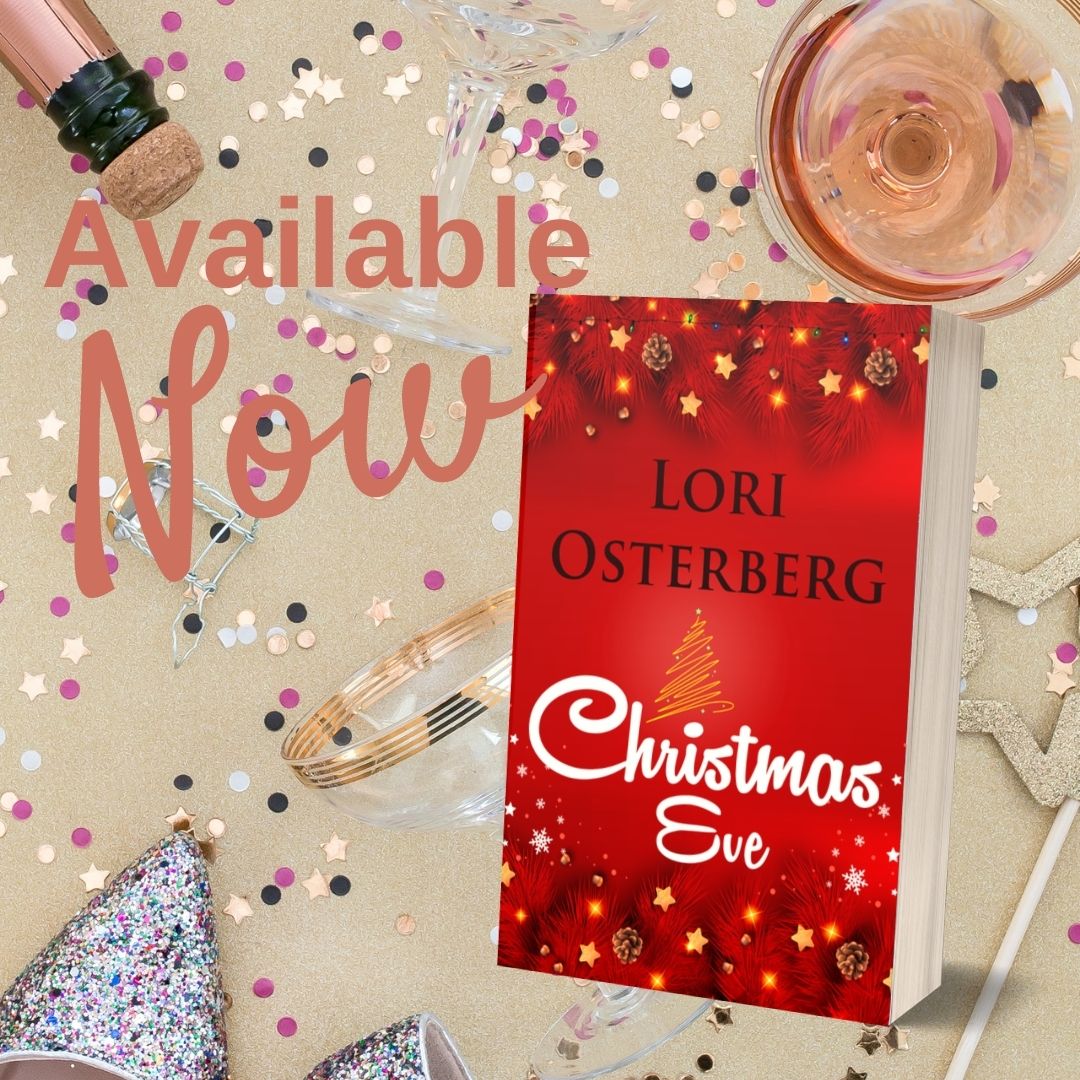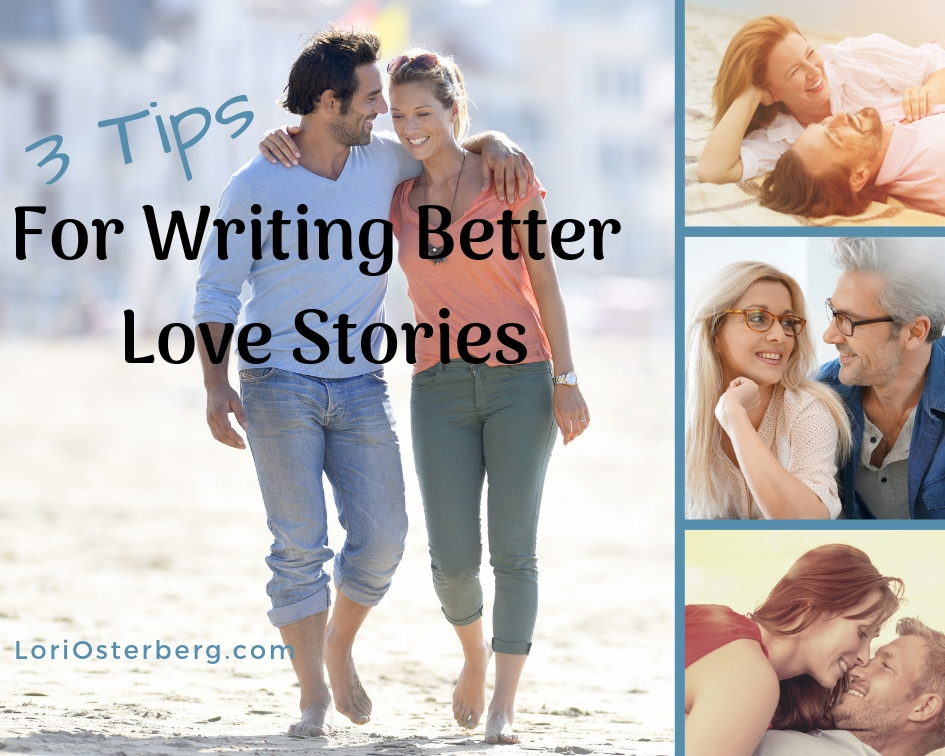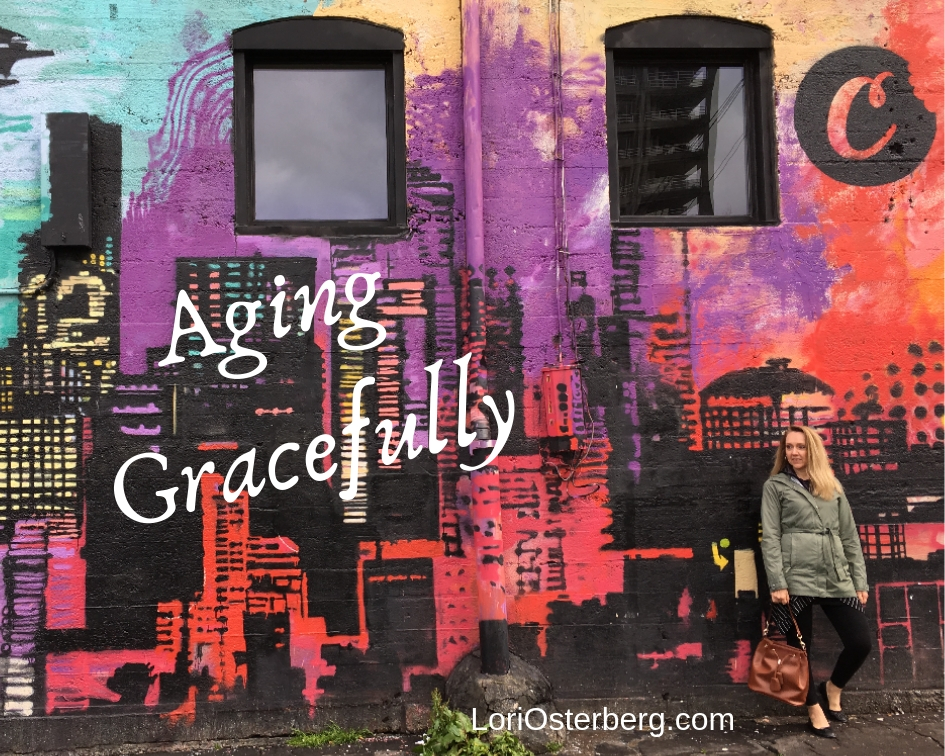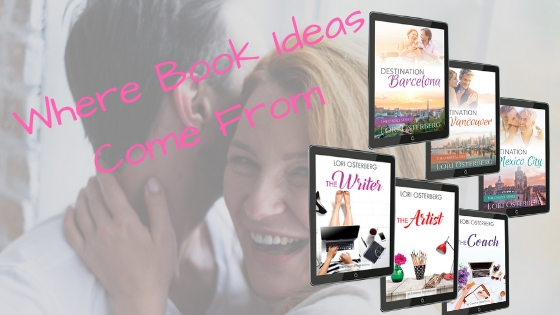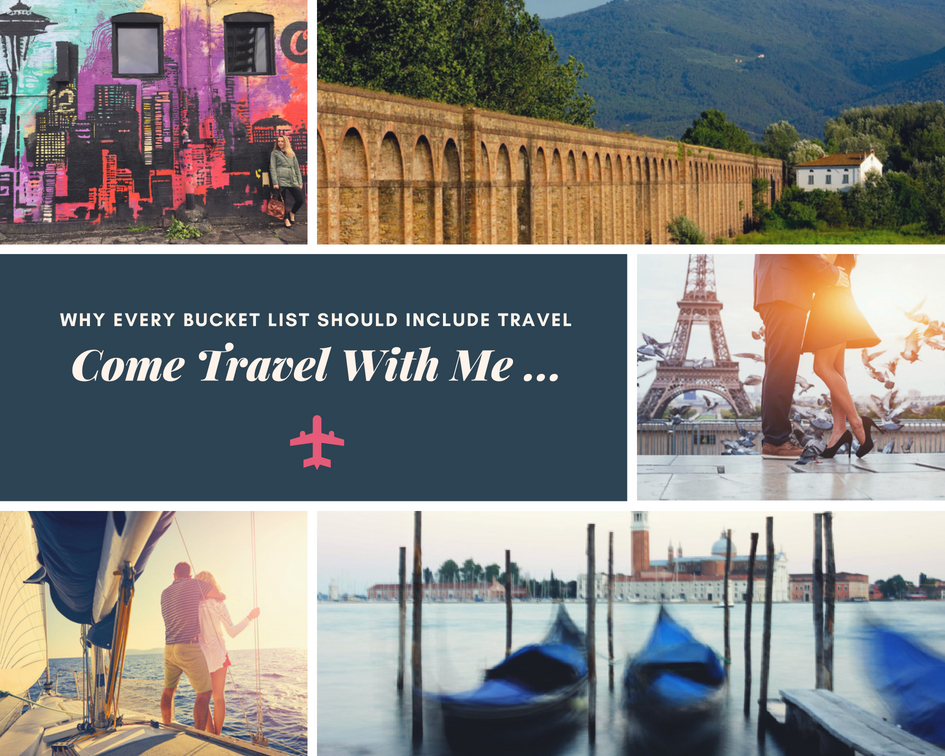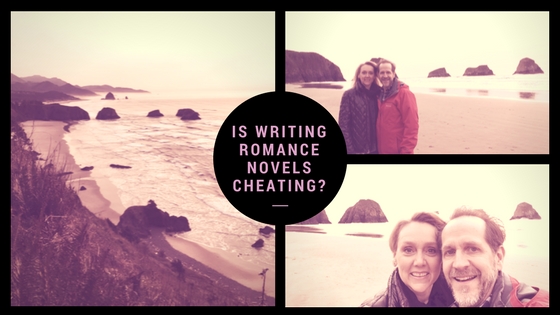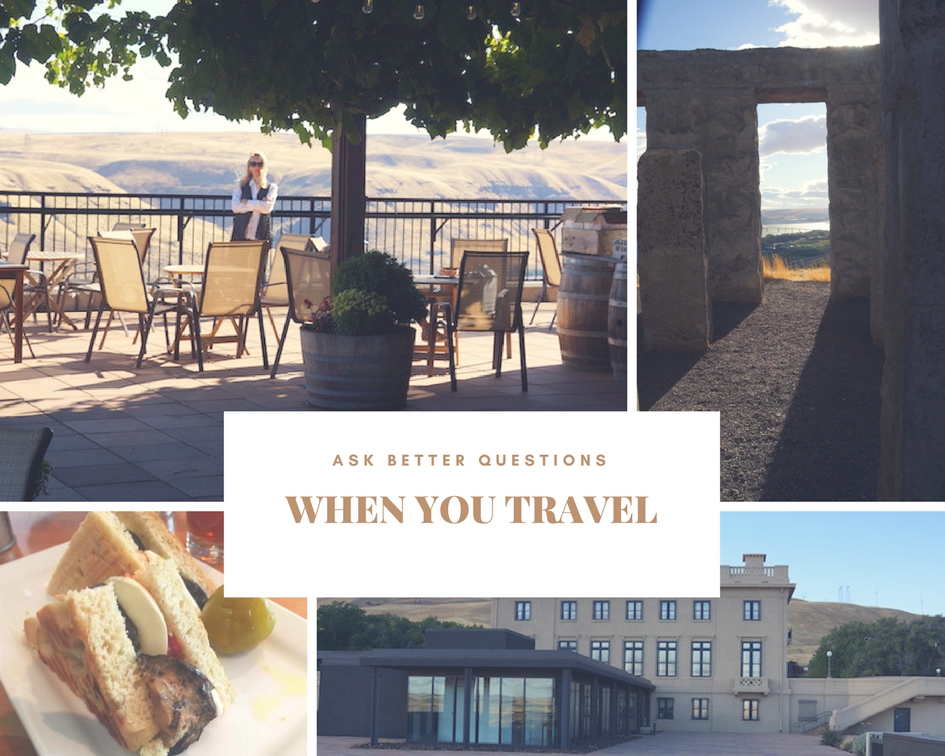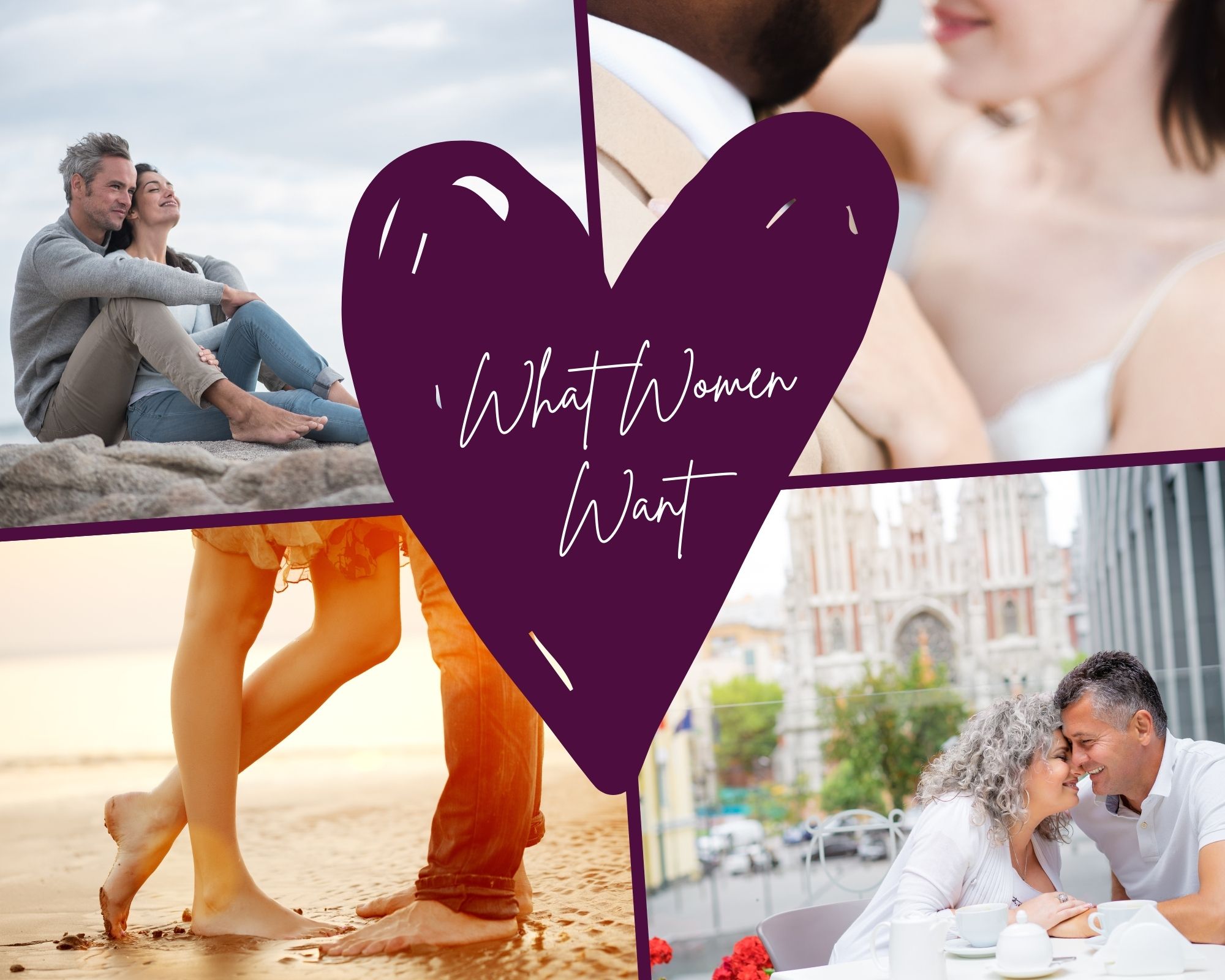
I went down a rabbit hole this morning. I saw a story. I clicked. I read. And – whoosh! – I was off on an adventure. Do you ever do that too? It’s a “hazard” of being online.
In this case, it was an article about the current state of romance novels. Suffice to say, there are two schools of thought on this. The first think romance novels are horrible, degrading to women. The other understands their purpose in society.
I fall into the latter.
Romance is chided because of its predictability. I believe that’s also what gives it its power.
For a book to be considered a romance, it must:
- Be centered around love
- Have a happily ever after (or at least a happy for now)
- Give the main characters pain-points to overcome, but they always do so in the end
- Nobody loses, everybody wins, and above all, nobody dies (at least none of the main characters you fall in love with.)
Oh, and no pets die either.
We’re talking HAPPY endings here.
But still, the discussion goes on about the worth of romance books in today’s world.
Should there really be books about love, relationships and … sex … in the marketplace? Is it okay for women to read about other relationships, dive into things they might not have known about, especially when it comes to sex?
Because I think that’s really what this is all about.
Who reads romance
According to the Romance Writers Association, in 2017, the average romance book buyer was:
- 82 percent female
- Between 35 and 39 years old
- 73 percent white/caucasian
- 86 percent heterosexual or straight
The romance genre as a whole had been declining these past few years. Thanks to Amazon and the ease of publishing, genres as a whole have increased significantly over the years, giving people more options than ever to whet their reading appetite.
But here in 2020, there has been a sharp rise in the number of romance books being purchased. One report showed the sales of romantic comedy rose a massive 188 percent this year alone.
That’s because we need diversions.
Why read something to terrify you, when all you need to do is open up your local news source and be scared out of your mind?
How many subgenres are there?
If you want to read romance, you no longer have to pick up a Harlequin romance at your local bookstore. You can download it to an app where it will stay safe and secure. You’ll never have to hide the cover again!
And if you have something specific in mind, there’s a subgenre for that.
Want to read romance based on age? There are tween, teen, young adult, and adult. I would argue the adult category is growing too – I write for women over 40. How about women over 60? Or women over 80? I bet there’s a market there too.
What type of romance would you like? There’s:
- Historical
- Contemporary
- Erotic (This is different than erotica, where happily-ever-after isn’t required. Erotic romance may have explicit scenes, but it’s still all about the story.)
- Clean or religious
- Suspense
- Paranormal
Just to name a few.
You can also dive deep into each of these categories. Do you like your paranormal with vampires or aliens from out of this world?
Romance, for everyone
From the statistics above, 82 percent of romance readers are women.
That means 18 percent are men.
And it is growing all the time.
I think that once upon a time, we defined men in this very narrow way.
Not any more.
Why shouldn’t men read romance? In fact, I think it can change perspectives of what people really want. And because you’re reading it, and learning from it, it can help you explore sides of you that you didn’t even know you had.
Some romance novels are fluff. I get that. And I’ve read my share of them this year as an escape.
But an equal number of them are written about strong women and men, working together to build secure, trusting relationships.
And isn’t that what the world needs right now?

